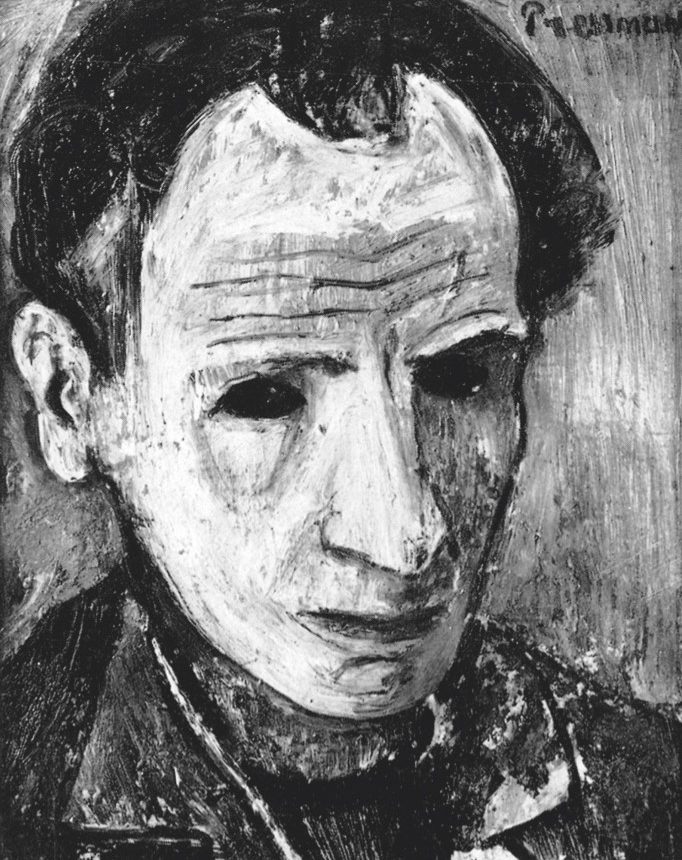Paul PITOUM
January 3, 2019Joseph RAYNEFELD
January 3, 2019Joseph PRESSMANE
BERESTECHKO (UKRAINE) 1904 – PARIS 1967
Joseph Pressmane studied at the School of Fine Arts in Lwow and in Warsaw before traveling to Palestine in 1925. In 1927, he arrived in Paris as he wished to see works by Cézanne. He was naturalized as a French citizen and worked at the Ranson academy with Roger Bissiere. He was influenced by the French masters, whose work he saw at the Louvre every Sunday. In 1932, he met Zborowski, who bought several of his works and died shortly after they signed a contract. After exhibiting his work in several salons in Paris, he became quite famous and was supported by Baroness Alix de Rothschild. However, Pressmane went through difficult financial times and had to work as a building painter in order to support himself.
In 1939, the war forced him to disappear for a few years. He lived in cellars and even in closets, which led to a deep physical and moral suffering. His wife protected and hid him. In 1945, following the Liberation, he resumed painting and wanted to make up for lost time. He participated in the Fondation des Peintres Témoins de leur Temps. He was awarded the Prix de la Critique in 1951 and the first Burlhe prize in Switzerland in 1952. He was discrete and kept his distance from Parisian life. He continued to paint until he died in 1967. His works are preserved in several collections in France and abroad, notably in Israel.
Stories of Jewish Artists of the School of Paris 1905-1939
FRENCH-ENGLISH
Capitale des arts, le Paris des années 1905-1939 attire les artistes du monde entier. De cette période de foisonnement, un terme est resté, celui d'Ecole de Paris, qui recouvre une grande diversité d'expression artistique. Dans ce brassage dont Montparnasse est le creuset, un groupe se distingue : celui des artistes juifs venus de Russie, de Pologne et d'Europe centrale. Si leurs styles sont variés, un destin commun les rassemble : ils fuient l'antisémitisme de leur pays d'origine. Certains ont connu la célébrité dès les années 1920, tels Soutine, Lipchitz ou Chagall. D'autres n'ont pas eu le temps ou la chance d'y accéder. Près de la moitié a péri dans les camps de concentration nazis.
From 1905 to 1939, Paris attracted artists from all over the globe as the capital of the art world. This period of artistic proliferation became known as the School of Paris, and includes a great diversity of artistic expression. Within the teeming art world centred on Montparnasse, one group set itself apart: Jewish artists from Russia, Poland, and Central Europe. Although their styles were diverse, they shared the common fate of fleeing anti-Semitic persecutions in their home countries. Some became famous in the 1920s, such as Soutine, Lipchitz, and Chagall, while others did not have the time or the luck to gain renown. Nearly half of these artists died in Nazi concentration camps.





